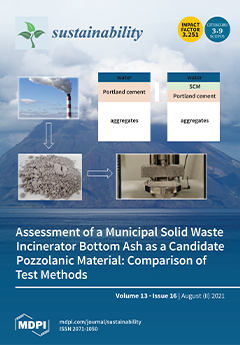The Internet of Things (IoT) plays a vital role in interconnecting physical and virtual objects that are embedded with sensors, software, and other technologies intending to connect and exchange data with devices and systems around the globe over the Internet. With a multitude
[...] Read more.
The Internet of Things (IoT) plays a vital role in interconnecting physical and virtual objects that are embedded with sensors, software, and other technologies intending to connect and exchange data with devices and systems around the globe over the Internet. With a multitude of features to offer, IoT is a boon to mankind, but just as two sides of a coin, the technology, with its lack of securing information, may result in a big bane. It is estimated that by the year 2030, there will be nearly 25.44 billion IoT devices connected worldwide. Due to the unprecedented growth, IoT is endangered by numerous attacks, impairments, and misuses due to challenges such as resource limitations, heterogeneity, lack of standardization, architecture, etc. It is known that almost 98% of IoT traffic is not encrypted, exposing confidential and personal information on the network. To implement such a technology in the near future, a comprehensive implementation of security, privacy, authentication, and recovery is required. Therefore, in this paper, the comprehensive taxonomy of security and threats within the IoT paradigm is discussed. We also provide insightful findings, presumptions, and outcomes of the challenges to assist IoT developers to address risks and security flaws for better protection. A five-layer and a seven-layer IoT architecture are presented in addition to the existing three-layer architecture. The communication standards and the protocols, along with the threats and attacks corresponding to these three architectures, are discussed. In addition, the impact of different threats and attacks along with their detection, mitigation, and prevention are comprehensively presented. The state-of-the-art solutions to enhance security features in IoT devices are proposed based on Blockchain (BC) technology, Fog Computing (FC), Edge Computing (EC), and Machine Learning (ML), along with some open research problems.
Full article





